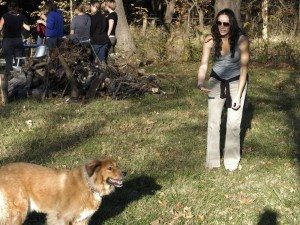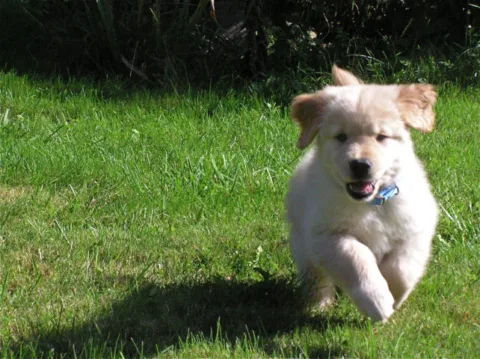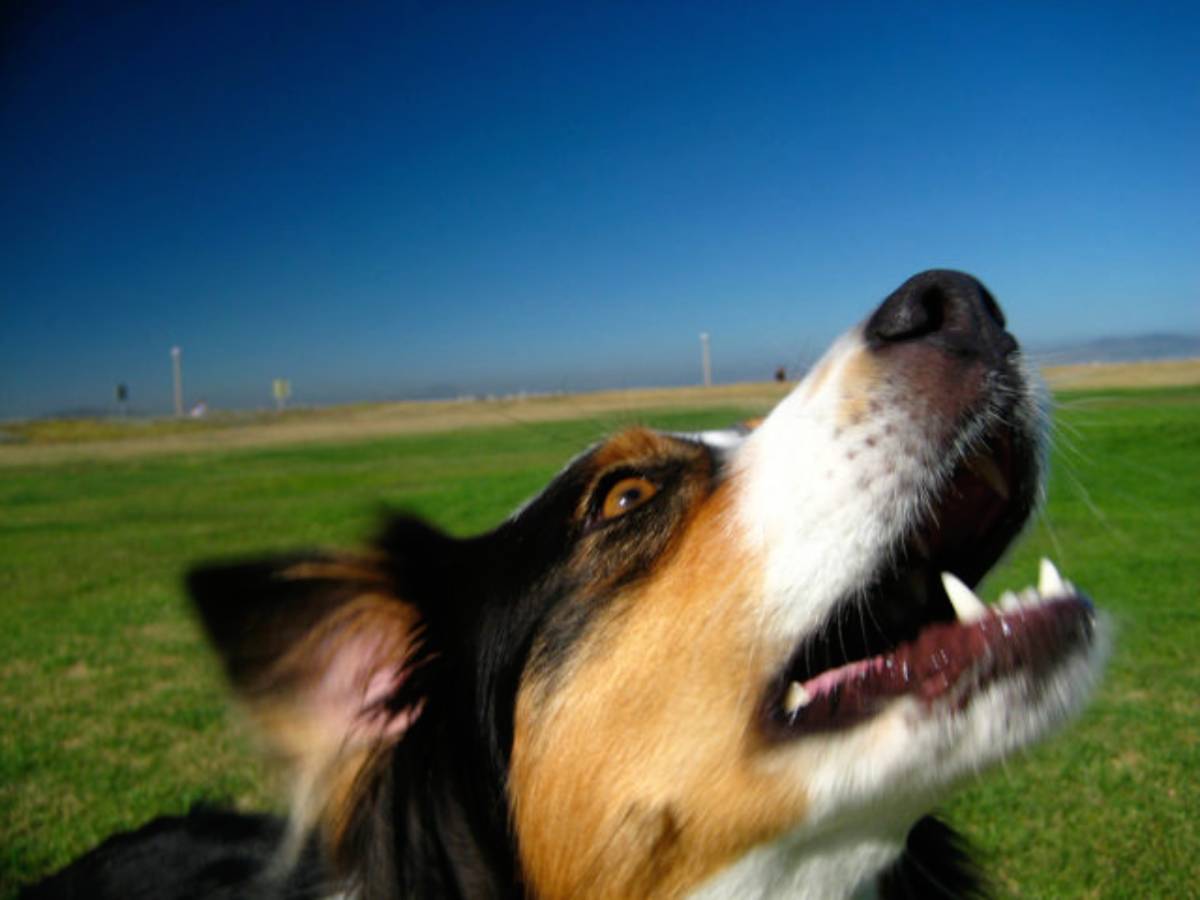 Do you have a problem with your dog not wanting to come back to you once he is off the leash?
Do you have a problem with your dog not wanting to come back to you once he is off the leash?
Or maybe your dog doesn’t stick around your house when he goes outside to potty, and you’re constantly calling him to come back.
The following video includes a couple of unique strategies to keep your dog from running away from you.
Plus, we’ll share some helpful tips for teaching your dog the “come” command.
It will take some time, but in the end you should have a dog that comes every time he’s called and won’t ever run away from you again.
How To Teach The Come Command
First, you need to establish that your dog does, indeed, know his name. Use these tips to ensure that your dog knows his name and will look at you every single time that his name is called — without fail.
The next step is to get your dog to come to you every time you use the “come” command.
IMPORTANT: The first thing that runs through your dog’s mind before he responds to any of your commands is, “What’s in it for me RIGHT NOW?” So your reward and praise for “coming” must always be better than the alternative (chasing a squirrel, running away from you, finding something new) — in your dog’s eyes. If your dog believes that returning to you will be the most fun he could possibly have at that moment, then he will indeed “come” on command. Further, if you consistently give your dog praise and a tasty reward any time he responds favorably to your request, then he will be inclined to do it again the next time you use that same command.
Here are the best tips for teaching a dog to “come”:
- When teaching your dog to “come” and you’re dealing with distractions (in the yard, at the park, etc.), think of it this way: “If your dog needs a nudge, he’s telling you that he doesn’t yet believe that you can be more fun than the distractions. Your job is to prove otherwise. If he needed the extra nudge, he’s telling you he needs more practice at the easier level without distractions.”
- Play hide and seek with your dog as an aid to teach him that it’s fun to come when called.
- “Come” must always result in something positive, from your dog’s point-of-view. So if your dog doesn’t like taking baths, having his nails trimmed, or leaving the dog park, then don’t ever use “come” to entice him toward those things.
- “Come” should never be used to discipline your dog. Doing so will teach your dog not to come… ever!
- Practice come-aways to get your dog used to the fact that all fun doesn’t stop the moment he comes when called. Here’s how: as soon as your dog comes and arrives within inches of you, give praise and a treat, and use some “release word” (like “Okay!”) which signals to your dog that it’s okay to go and play and have fun again.
- “Come” is a recall command. It’s used to train for emergencies and those times when you need your dog’s undivided attention. In this case, “come” requires 4 separate actions:
- Find me when I call your name.
- Run to me when I say “Here.”
- Sit at my feet when you get there.
- Stay there until released with “Okay.”
- Don’t just stand there waiting for your dog to come to you. Instead, make it inviting for him to come toward you. Squat down to his level, make cute sounds, clap your hands, and start praising him for a job well done even before he gets to you.
Here are some reasons your dog won’t come to you when called.
Video Example: Using The Come Command
Tip #1: If at home, set a boundary for your dog. You might want to put up a sturdy fence. Make sure there are no holes that your dog can get through.
Tip #2: If out in public, use a long leash — about 20 to 30 feet long. Allow your dog to get a little ways away from you, then give the leash a little tug and tell your dog come at the same time. Be sure to praise your dog for coming to you.
Once you have the “come” command mastered, try teaching your dog some other basic commands.
Here are 101 dog tricks you can teach your dog.





